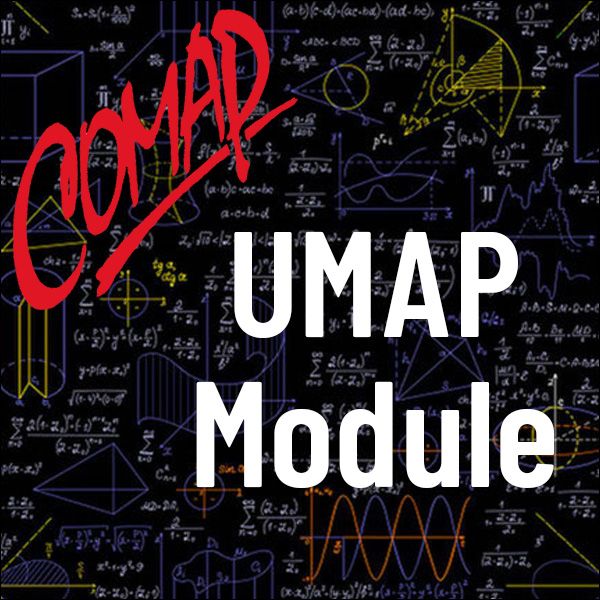Mathematics and Fairness in Democratic Elections (UMAP)
Author: Richard E. Klima
Five different voting methods, (the plurality, single runoff, instant runoff, Coombs', and Borda count methods) are presented and discussed, as well as five different fairness criteria in election theory (the majority, Condorcet winner, Condorcet loser, independence of irrelevant alternatives, and monotonicity criteria). These methods and criteria are illustrated with a variety of actual examples from political and popular culture. After this, two notably different versions of Kenneth Arrow's famed impossibility theorem are presented and discussed, as well as a modification to one of Arrow's fairness criteria; with this modified criterion, a voting method exists that satisfies all of the criteria under consideration.
Table of Contents
1. INTRODUCTION
2. A MEDLEY OF METHODS FOR VOTING
2.1 Plurality
2.2 Single Runoff
2.3 Instant Runoff
2.4 Coombs' Method
2.5 Borda Count
3. CRITERIA FOR JUDGING FAIRNESS IN VOTING
3.1 Majority Criterion
3.2 CondorcetWinner Criterion
3.3 Condorcet Loser Criterion
3.4 Independence of Irrelevant Alternatives Criterion
3.5 Monotonicity Criterion
4. A DEFENSE FOR THE DEFICIENCIES OF VOTING METHODS
4.1 Arrow's Impossibility Theorem
4.2 Saari's Possibility Theorem
5. EXERCISES
6. ANSWERS TO SELECTED EXERCISES
REFERENCES
ACKNOWLEDGMENTS
ABOUT THE AUTHOR

Mathematics Topics:
Application Areas:
Prerequisites:
You must have a Full Membership to download this resource.
If you're already a member, login here.